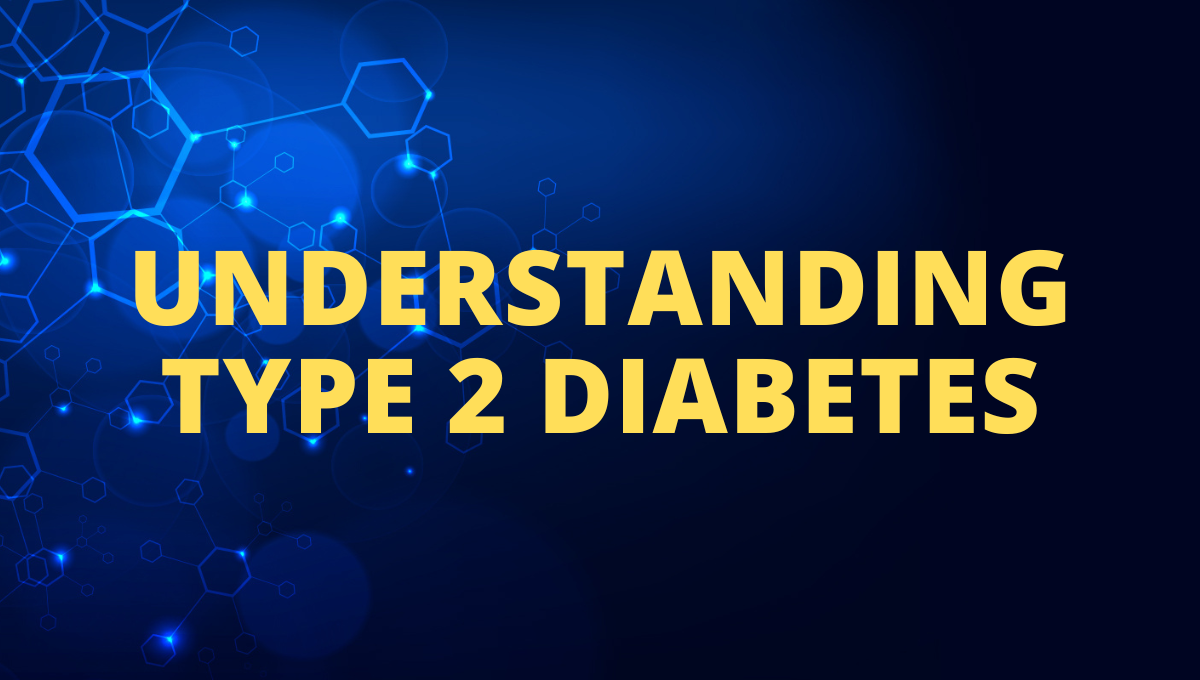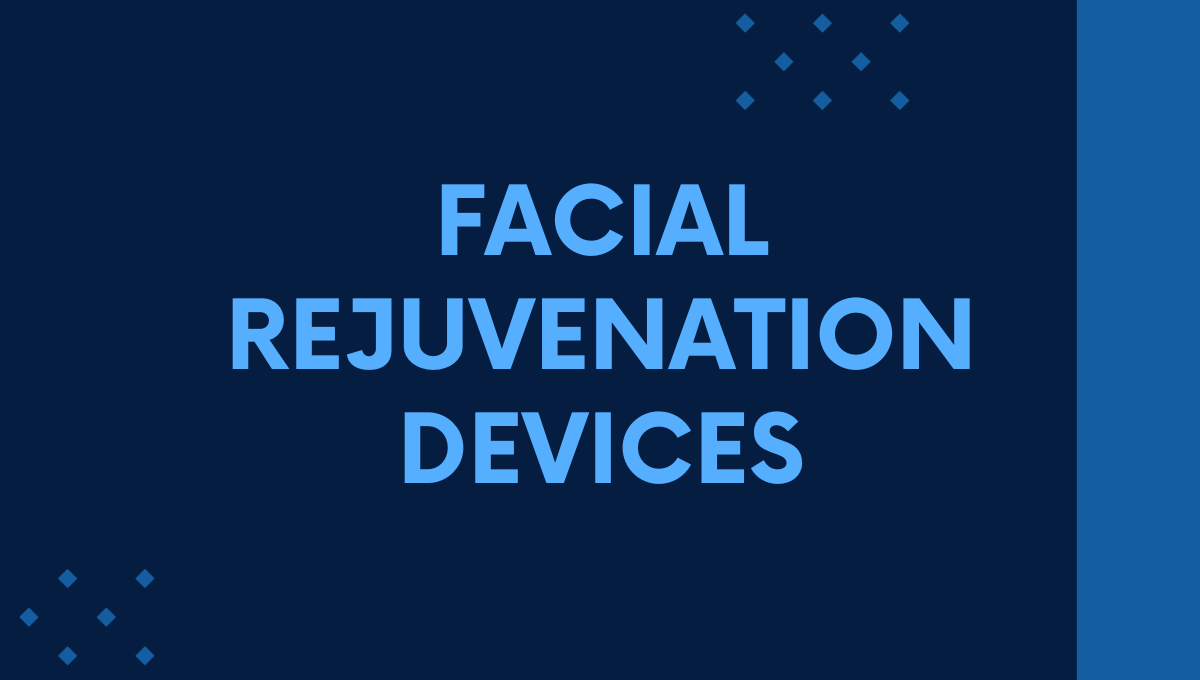A portable sleep study is typically three to five times less expensive than an in-lab overnight sleep test. Moreover, since the test occurs in a patient’s natural sleep environment, it’s more likely to capture the true state of sleep behaviour, and patients trust the results more than those of in-lab tests.
These are just some of the reasons why home sleep tests are enjoying more widespread use, especially when diagnosing Obstructive Sleep Apnea. (OSA)
Obstructive Sleep Apnea (OSA)
Causes
Sleep apnea is a condition in which breathing stops intermittently during sleep. In obstructive sleep apnea, the muscles at the back of your throat relax more than they should and block your airways. Once the brain detects that you cannot breathe, it wakes you up temporarily to correct the breathing.
When you wake up, you’ll experience shortness of breath, which goes away in one or two deep breaths. Usually, people suffering from this condition don’t realize that they’ve woken up. This can happen up to thirty times an hour, throughout the night.
Symptoms
The sporadic waking prevents a person from getting to the deep restorative stages of sleep. As a result, if you are suffering from sleep apnea, you may feel tired during the day even though you had a full night’s sleep.
Apart from daytime sleepiness, other symptoms include loud snoring and gasping at night, episodes of choking during sleep, dry mouth or sore throat in the morning, headaches after waking up, lower libido, and high blood pressure.
Risk Factors
Most people who suffer from OSA are overweight. One reason for this is that fat deposits around the upper airway can make breathing more difficult.
Medical conditions such as asthma, hypertension, and diabetes also increase the likelihood of getting OSA.
Until you get to sixty years of age, the risk of OSA increases as you grow older. Also, men are more likely to get OSA compared to women who are yet to hit menopause. After menopause, the risk of OSA in women increases.
Smoking, a family history of sleep apnea, and a naturally narrow airway are other factors that increase the risk of OSA.
Associated Conditions
If untreated, and depending on the level of severity, OSA could lead to serious complications, including stroke, type 2 diabetes, hypertension, and coronary heart disease.
OSA causes a drop in blood oxygen levels, which may strain the cardiovascular system due to increased blood pressure. This may lead to hypertension, which raises the risk of heart disease.
OSA also raises the risk of abnormal heart rhythms. Repeated episodes of abnormal heart rhythms, along with underlying heart disease, could cause sudden death.
Eye complications such as glaucoma can also be a result of OSA.
Timely Diagnosis and Treatment of OSA is crucial
OSA is a dangerous condition to have. If left untreated, it can lead to severe conditions like the ones mentioned above.
OSA also generally reduces the quality of life of patients. Students might find themselves unable to concentrate in classes during the day. Spouses might also find it unbearable to sleep in the same bed with a person who has OSA due to all the choking, gasping, and loud snoring.
To check whether a patient has OSA, their sleep behaviour has to be studied. This can be done during an overnight stay in a lab or at home, using a home sleep apnea test.
Portable Sleep Study vs In-Lab Study
In-Lab Studies Are Best for Diagnosing General Sleep Conditions
Generally, when it comes to diagnosing sleep conditions, in-lab studies are the gold standard. An in-lab study gives more comprehensive and therefore more conclusive results.
In an in-lab study, the patient spends the night in a sleep lab, under the supervision of a sleep technician. The patient is connected to multiple pieces of equipment. Such equipment measures eye movement, chin-muscle activity, brain waves, blood oxygen level, heart rate, breathing, and leg movement.
All the measurements taken through in-lab polysomnography make it possible to differentiate between the time the patient was asleep in comparison to the time he or she was awake. This makes it possible for an in-lab test to identify the severity of a sleep disorder.
In comparison, a home sleep apnea test (portable hsat) will only give an estimate of the severity of the sleep disorder.
Home Sleep Studies Are Best for Diagnosing OSA
When a medical practitioner rules out the possibility of other sleep disorders and identifies a high risk of moderate to severe OSA in a patient, a portable hsat is used to confirm the presence or absence of OSA.
In such a case, home sleep studies have been found to not only be reliable but also a better alternative to in-lab tests. There are several reasons for this.
To begin with, in-lab tests are more expensive than home sleep tests. Even though in-lab tests are usually covered by insurance, if a patient has not met their annual deductibles, he or she will be forced to pay out of pocket.
Additionally, in-lab tests are carried out in an unfamiliar environment. As a result, most patients feel that they don’t capture the true state of their sleep behaviour. On the other hand, since a home test takes place in a familiar environment, where the subject can engage in their normal sleep rituals, patients are more likely to accept the results and be more cooperative with treatment.
Furthermore, not all patients can access sleep centers. Home sleep tests come in handy for patients who can’t access a sleep centre. The test kits can be delivered to their doorstep. Once they are done, they can ship the test kits back to the medical practitioner.
Even for health providers, home sleep studies have multiple advantages. For starters, health providers can deliver fast diagnosis and treatment of sleep apnea. Patients are also more cooperative with treatment after undergoing a home sleep test.
Moreover, most insurance carriers approve home sleep tests as a diagnosis for OSA.
Home sleep tests are convenient to administer, and all you need do as a health provider is get in touch with a home sleep study company and everything will be taken care of.
How a Home Sleep Study Works
The first thing you should know is that as a patient, you can’t undergo a home sleep study unless it is recommended by a medical professional. So, if you suspect that you have OSA, the next step is to schedule a consultation with a doctor. It has to be face to face and can be done either virtually or in a physical visit to the doctor.
The doctor will only recommend a home sleep study if they’ve ruled out other sleep conditions and if you have a high risk of OSA.
A home test kit with instructions will be availed to you. If the consultation with your doctor had been virtual, the test kit will be shipped to you.
Depending on the home sleep study company, home sleep test kits come in different types. Some kits are worn on the wrist like watches while others are worn on the head, with tubes inserted into the nostrils, and a belt wrapped around the chest.
The doctor’s choice of test kit will depend on your symptoms.
Typically, you only wear the test kit for a night, then ship it back to your doctor for interpretation. If the results of the test are inconclusive, your doctor is likely to recommend that you go for an in-lab test.
Conclusion
Portable sleep studies are the best method for the diagnosis of Obstructive Sleep Apnea. Not only are they cheaper than in-lab tests but they also take less time, which is important especially for patients with serious conditions.

 Tech2 years ago
Tech2 years ago












